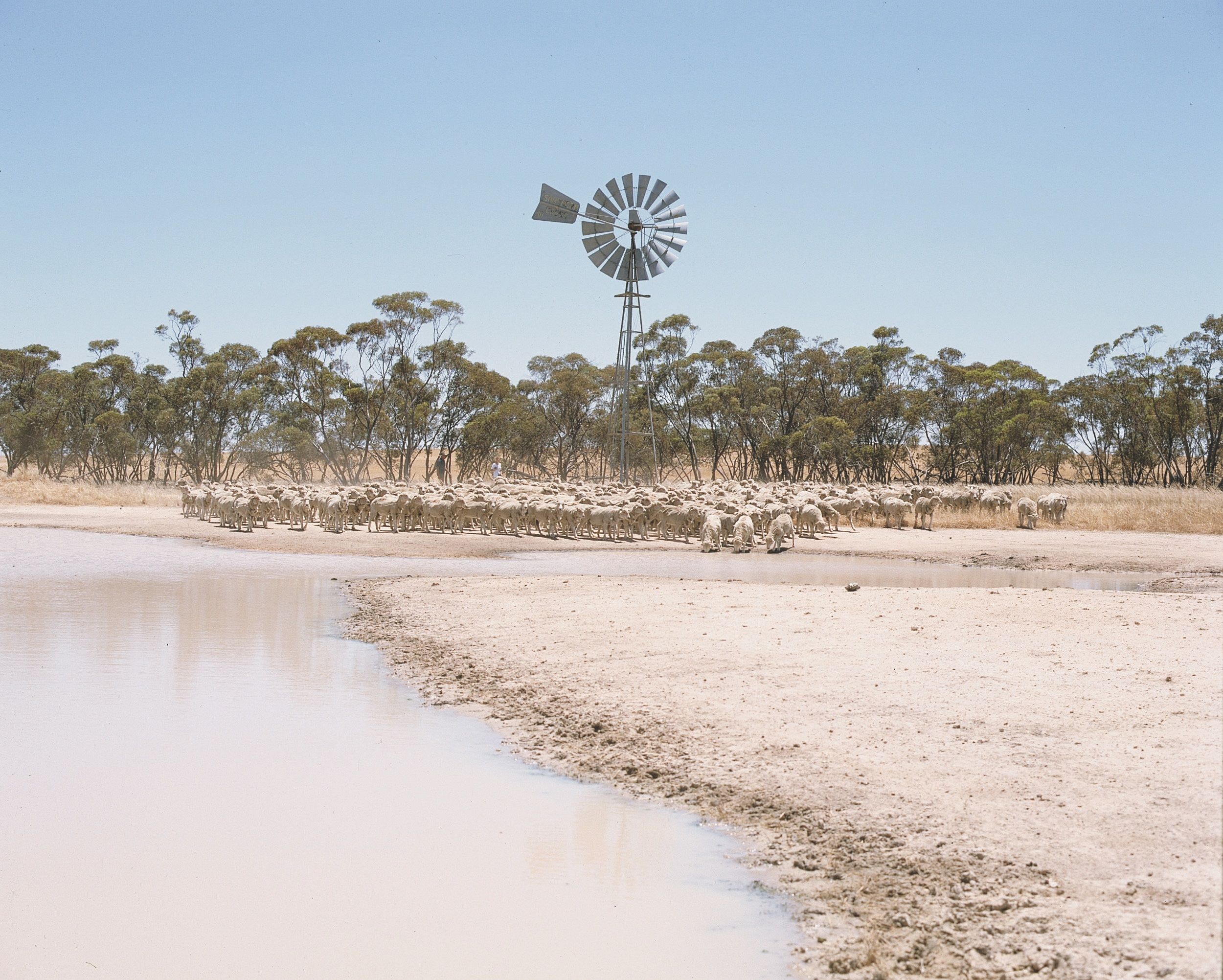
The Department of Primary Industries and Regional Development’s (DPIRD) Season 2024 webpages have information and advice to help producers – particularly those who do not typically experience low rainfall.
DPIRD development officer Katherine Davies said ensuring the quality and quantity of water for livestock was essential to maintain animal welfare.
“Reduced water intake by animals on dry feed also means they eat less,” she said.
“It is important to monitor water supplies regularly and have plans for different scenarios and alternate supplies, if water sources become limited or poor quality.”
The ‘Livestock water requirements and water budgeting for south west Western Australia’ article on the webpages includes information to assess water quality, water requirements and water source options.
There are links to help producers calculate farm dam water volume, as well as an article on ‘Calculating livestock water requirements for small landholders’.
“Doing a water budget is as important as a feed budget,” Ms Davies said.
“You need to know what you’ve got on hand and how much your animals will need per week until there is enough rainfall to produce decent runoff.
“Keeping in mind, requirements vary for different classes of stock and water intake also increases during pregnancy and lactation.
“If there’s not enough quality water available, producers will need to consider whether they can reduce stock numbers or source extra water.”
Producers can consider investing in drilling bores and new dams with improved catchments, alongside related infrastructure to distribute water between paddocks, such a pipes, pumps, tanks and troughs.
As water levels subside, water quality can reduce due to increased salinity, as well as contaminants, such as blue-green algae, organic material, heavy metals and chemicals.
Ms Davies encouraged landholders to have their water tested at rural merchandisers regularly to ensure quality had not deteriorated to a point where it could impact stock.
“Sheep and cattle on dry feed with no pasture require salinity levels of less than 4000 milligrams per litre, as higher levels can impact animal health,” she said.
“Dams and soaks can also become dangerous for stock when levels are low so it may be worthwhile fencing them off and pumping water to troughs.
“It is also imperative producers monitor stock for signs of algal poisoning, in which case they should contact their local vet immediately.”
People impacted by the dry season conditions are encouraged to reach out to support services in DPIRD’s Social Support Directory.


